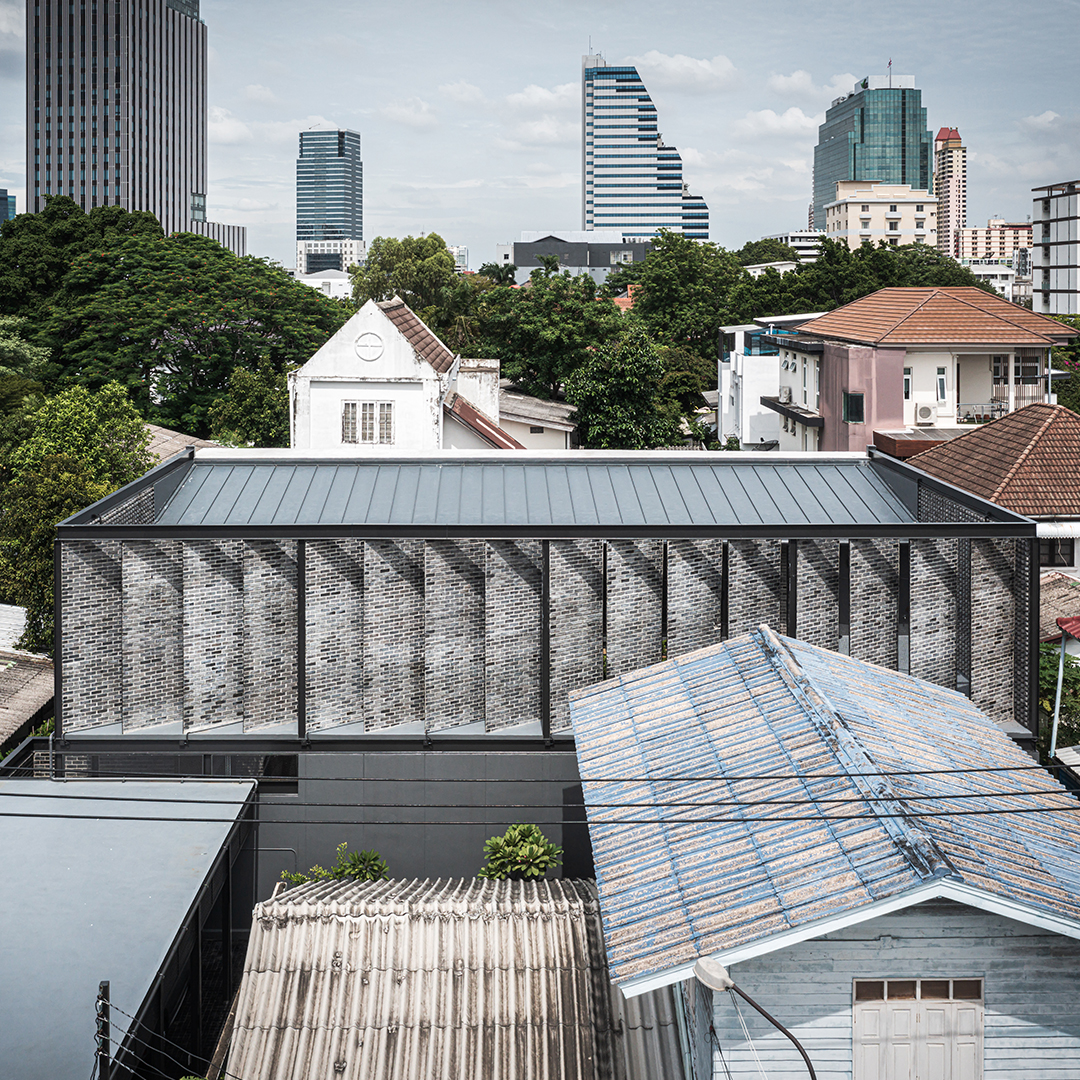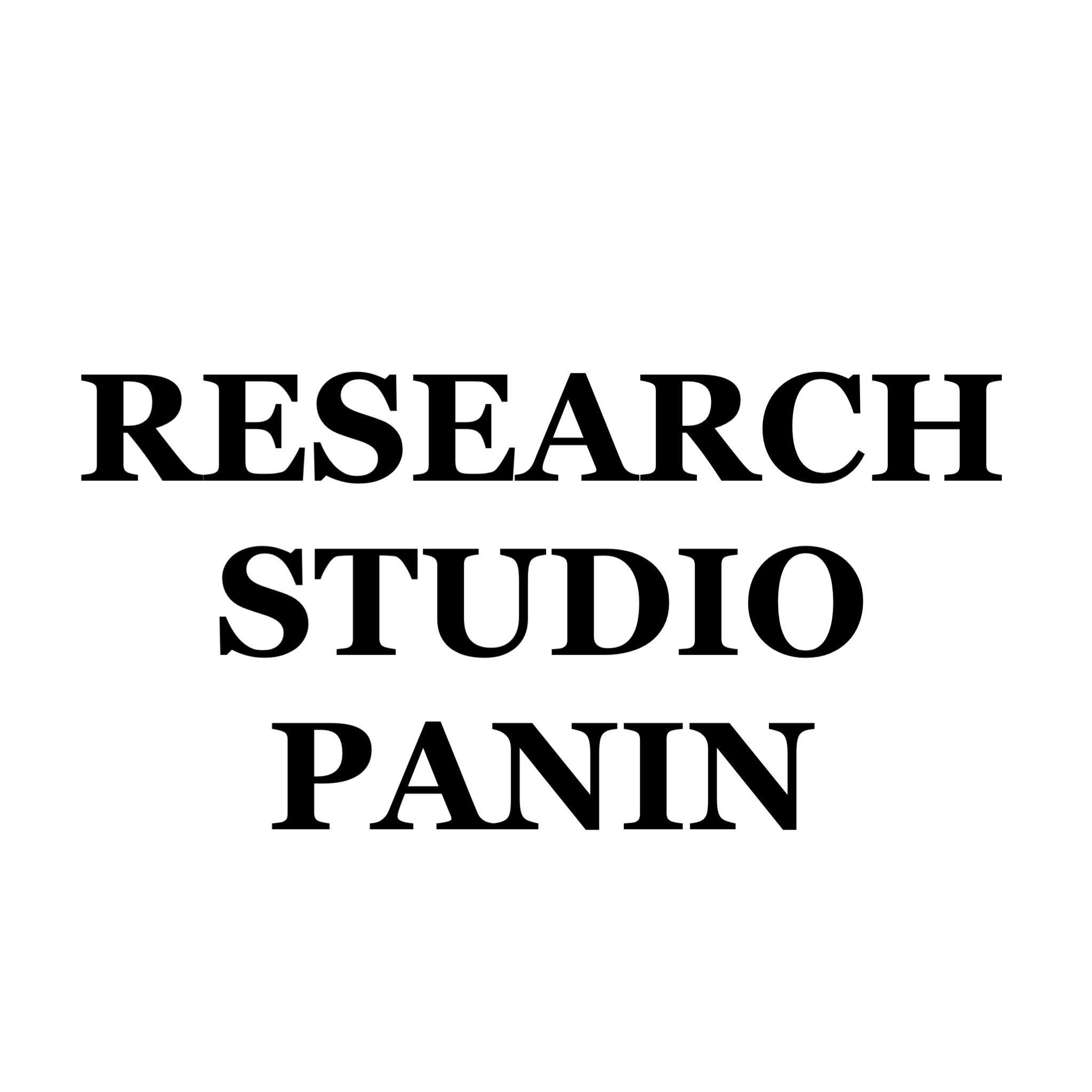Gold Winner of the International Architecture & Design Awards 2024
A House Without A Face
Architecture
Urban Single-Family Home Design
Completed / Professional Category


Architect / Designer:
Tonkao Panin / Tanakarn Mokkhasmita / Pitiwat Pamakate
Studio:
Research Studio Panin
Design Team:
Structural Engineer: Yongyot Rotchaya
Copyright:
Spaceshift Studio
Country:
Thailand
Located in a dense residential neighborhood of Bangkok, the site of this house is closely surrounded on all sides by other buildings. Yet this is a friendly neighborhood where one never feels the need to completely shut oneself off from all adjacent occurrences. Thus the balance between privacy and publicity becomes central to the design. How could the house create a private environment, yet still feel the vague presence of neighboring atmospheres?
Accessible from a small alley through a small piece of land that functions as its parking space, the house simply has no frontal façade. Upon arrival, the obscurity of the entry represents not only the defeat of both authorship and ownership, and from outside, little if anything of the settings within is ever disclosed through the entrance. Once inside, we are drawn to the surface of gray brick walls, which in turn, form the shape the house’s both interior and exterior space. Simple geometric shapes give the house a quiet expression, receding into the neighborhood around it.
Organized around a central courtyard, activities are simply divided into two groups of “private” and “public” activities. Yet there is never a clear line between them. The “public” space of the house integrates four distinct settings into one ensemble: the kitchen or cooking area, the space for dining, the living room and the gallery. Each is defined by its own equipment.
The climate, which enables ones to spend time out of doors, has brought forth the design equipped with courtyards, and rooms enclosed with glass panels that can be left wide open. This makes it possible for inhabitants to live both inside and outside the house, and also in the in-between areas. In so far as the Thais are still the same people and the climate had not changed, these types are still valid, no matter how traditional or “modern” the house appear. By means of open-air covered spaces, interior and exterior could be bound together. The courtyard becomes the means by which the vision could be led beyond the walls and the house could sustain the sense of free flow.
As for the outward appearance of the house, it is simply formless, as if being shaped and reshaped by specific circumstances and situations. We never felt that the house is being “designed,” to have its own distinct identity; rather, it is being built as a framework or background of daily lives.
Through its relationship with surrounding neighbors, the task of describing the place becomes clearer. It is to develop vocabularies that demonstrate how settings that are distant and distinct from one another can interconnect. Thus both the owner and the architect allow the house to withdraw from object-like situation in order to transcend itself into the conditions of its own becoming.

